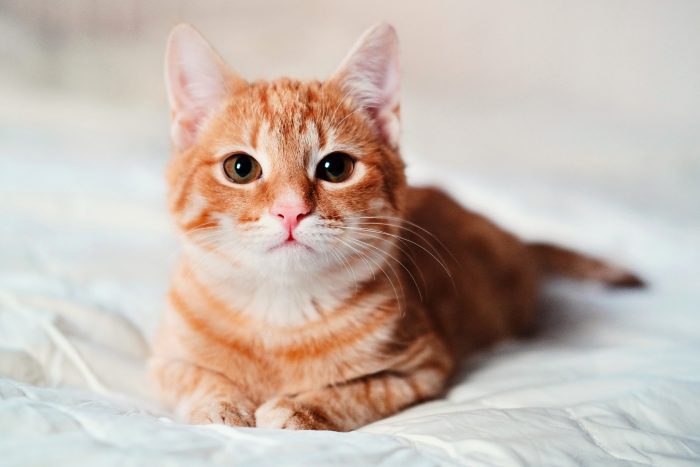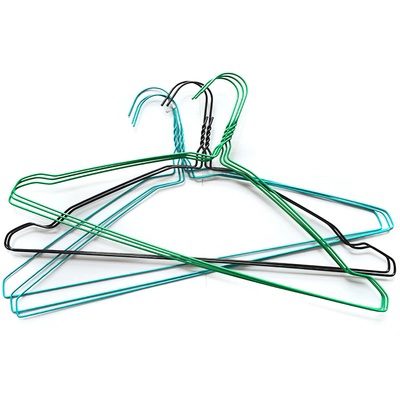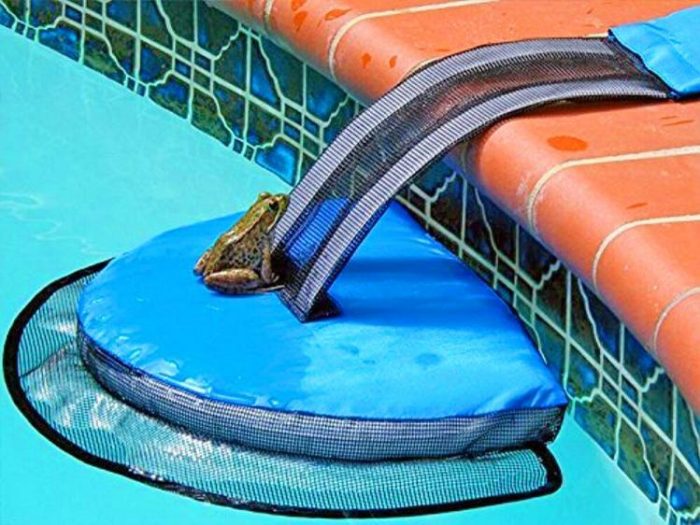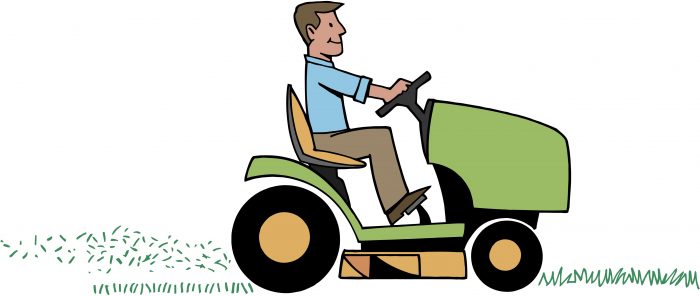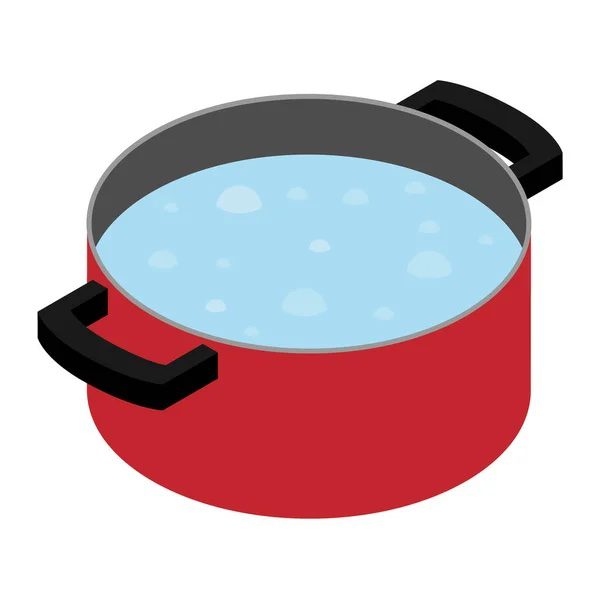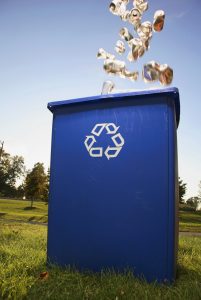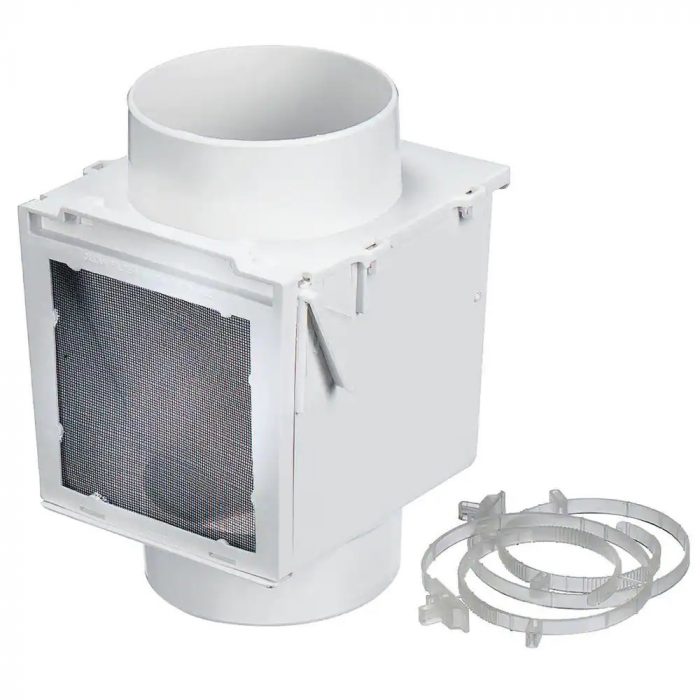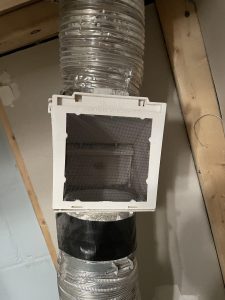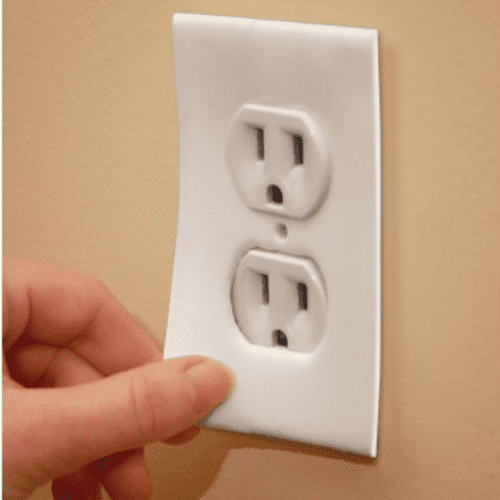A Column Promoting a More Earth-Friendly Lifestyle
By John L. Turner

Visit a Repair Café!
All too often in our throwaway society an appliance that no longer functions is thrown away and a new one purchased. Setting aside the fact there really is no “away” on our planet, many items can be readily fixed or repaired, preventing the item from taking up space at the local landfill. Enter the Repair Café which has a neat mission: “To transform our throwaway society one item at a time.”
As their website indicates, Repair Cafés are meeting places where you can bring an item that needs repair to local volunteers who have the expertise to fix them. There is a cost for a replacement part, but the labor is provided for free. There are 191 Repair Cafés in the United States and nearly 2,500 cafés worldwide, most of which are in Europe.
What types of items can be fixed? A partial list includes jewelry, clothing, various tools (including those which need sharpening), lamps, many types of small appliances, some furniture such as chairs, vacuum cleaners, bicycles, and toys.
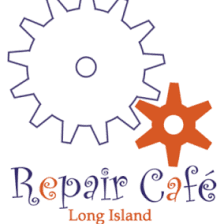 While the main office for Long Island Repair Café (they have a Facebook page) is at 1424 Straight Path in Wyandanch, run by Starflower Experiences, an environmental educational organization, volunteers host repair cafés throughout Long Island. The main office can be reached at (516) 938-6152.
While the main office for Long Island Repair Café (they have a Facebook page) is at 1424 Straight Path in Wyandanch, run by Starflower Experiences, an environmental educational organization, volunteers host repair cafés throughout Long Island. The main office can be reached at (516) 938-6152.
If you don’t want to visit a local Repair Café, the website: repaircafe.org/en/community/repair-guides/ has more than 60,000 video guides illustrating how to repair a particular item. With the convenient availability of actual and virtual repair capabilities at your beckon call, it’s easier to follow their motto: “Toss It? No way — Repair Cafe.”
A resident of Setauket, author John Turner is conservation chair of the Four Harbors Audubon Society, author of “Exploring the Other Island: A Seasonal Nature Guide to Long Island” and president of Alula Birding & Natural History Tours.


